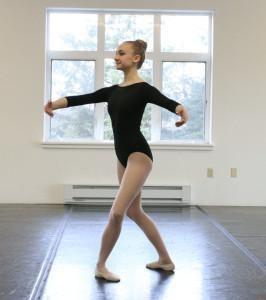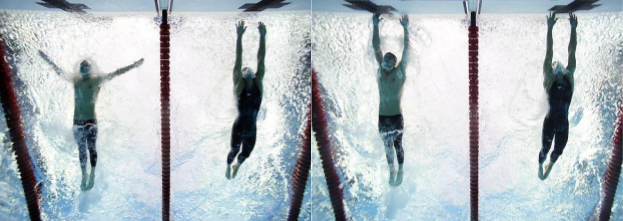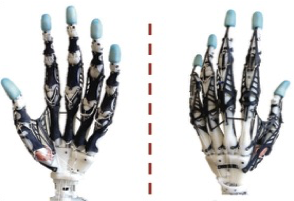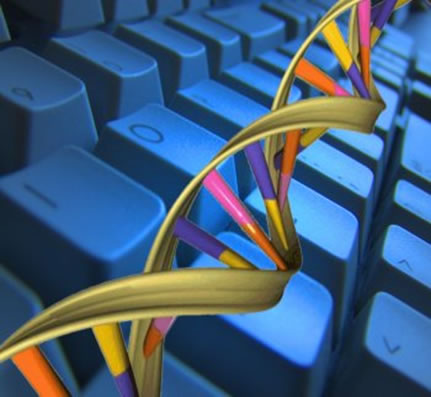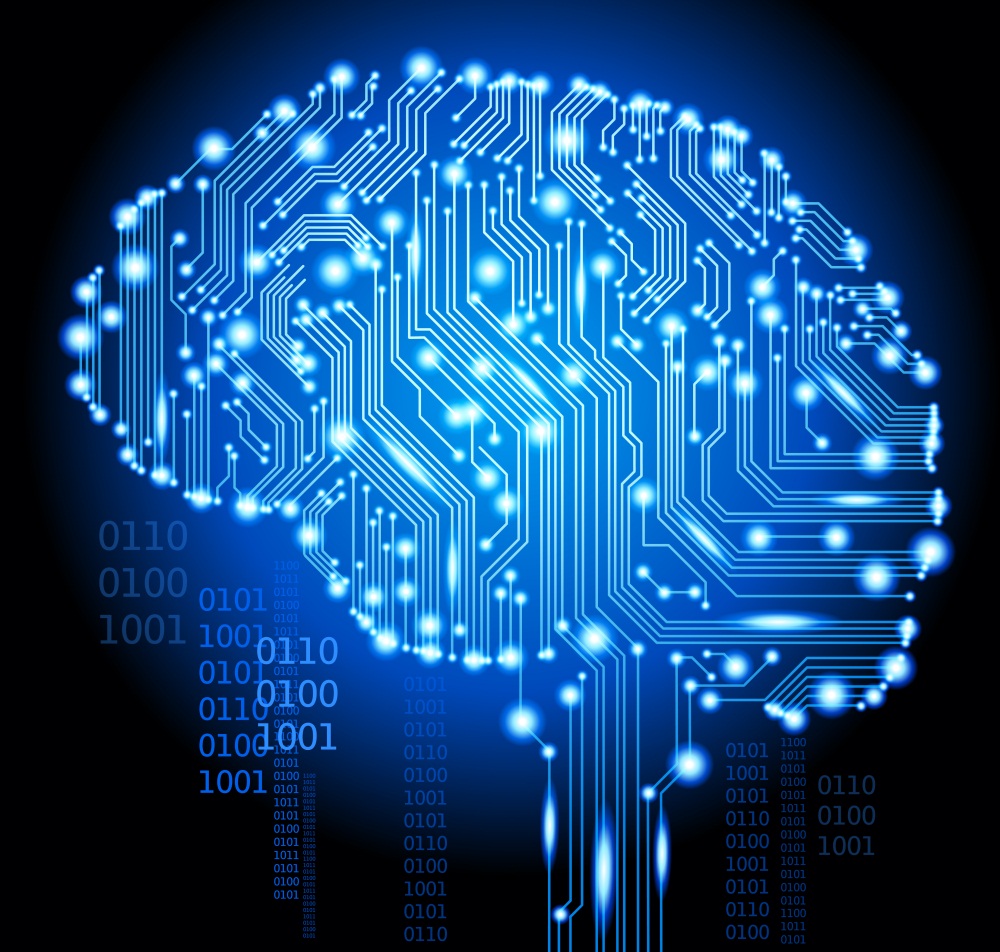Written by: Annie Lee About the Author: Annie Lee is an undergraduate student at the University of Southern California pursuing a progressive Bachelor’s to Master’s Degree in Occupational Therapy. Abstract The aim of physical stroke rehabilitation is to improve motor function in paralyzed or semi-paralyzed limbs. Although the problem is
The Making of Mario in 3D
Category: Art, Computer Science, Entertainment, Issue IV, Volume XIX
Written by: Rohan Tulsiani About the Author: Rohan Tulsiani is a 21-year-old undergraduate Computer Science student at the University of Southern California. Rohan works as a Teacher Assistant for ITP485, which is USC’s undergraduate Game Engine class. Abstract With the advent of Virtual Reality and other major advances in the
EE-101: Intro to Emoji Engineering
Category: Communication, Entertainment, Issue IV, Lifestyle, Volume XIX
Written by: Rajan Paul About the Author: Rajan is a junior studying Electrical Engineering at the University of Southern California. His interests include beekeeping, ethnic cuisine, and travel. Rajan hopes to combine his hobbies and education into developing a smart beehive that will help save the bees. Abstract Emojis have
Man vs. Machine: Testing Machine Learning through Playing Video Games
Category: Computer Science, Entertainment, Issue III, Lifestyle, Most Popular, Volume XIX
Written by: Vicky Hui Competitive AI systems beat the best human players in chess, “Go,” checkers, and poker [1]. Over the last decade, innovation in AI learning has enabled computers to navigate more complex and chaotic problems in the real world, through soft-coded systems and reinforcement learning. Most recently, this
Written by: Augustine Au Augustine is a junior studying Business Administration at the University of Southern California. He is passionate about entrepreneurship and aspires to use his knowledge to positively impact his community. Abstract The development of bottled drinking water has revolutionized the way in which the world has acquired
Written by: Patrick Hennessey With every improvement to transportation, the world feels a little smaller, and people become more connected. Some of the world’s greatest inventions have been in the field of transportation, but we haven’t had a major innovation in over a century- a new system is long overdue.
Written by: Riley Walch Riley Walch is a junior studying Mechanical Engineering at the University of Southern California. He has interests in the intersection of the human body and engineering and hopes to turn this curiosity into a career, upon graduation. Abstract Greg LeMond’s 1989 Tour de France victory, aided
The Algorithm behind Plane Ticket Prices and How to Get the Best Deal
Category: Industrial Engineering, Issue III, Transportation, Volume XIX
Written by: Kiera Shepard Kiera is a senior studying biomedical engineering with an emphasis in mechanical engineering, pursuing a Masters in applied biostatistics and epidemiology. As a frequent flyer between LA and her hometown of San Francisco, she is intrigued by the algorithms behind airline fares. Abstract Have you ever
Serving up Some Knowledge: The Physics of Tennis
Category: Issue II, Most Popular, Physics, Sports & Recreation, Volume XIX
Abstract The shots of a professional tennis player may look like magic, seemingly defying the laws of science before your eyes. But it all becomes much simpler when you understand the physics behind tennis. This article focuses on the generation of spin on a tennis ball, how to maximize the
On-Screen Graphics and Their Impact on Sports
Category: Computer Science, Issue II, Sports & Recreation, Volume XIX
Abstract Since the mid 90’s, networks have projected virtual graphics onto the field during sporting events for at-home viewers; the most successful example is the 1st and Ten yellow line system used in football. By providing the audience with important information without distracting from the game, the system has changed
Fitness trackers: How they work and their highly anticipated future
Category: Health & Medicine, Issue II, Sports & Recreation, Volume XIX
Abstract Millions of people around the world wear fitness trackers daily to record their physiological conditions. These devices contain a variety of different sensors that allow the user to measure heart rate, sleeping patterns, steps taken, and more. The physics behind these sensors can be relatively simple. However, the most
The Science behind the Perfect Pirouette – and How It Has Changed the World of Prosthetics
Category: Biomedical Engineering, Issue II, Volume XIX
Abstract Many people admire ballet for its artistic qualities, but few look beyond these qualities to appreciate the science that allows the beauty of ballet to exist. This paper takes a look at the science behind dance, and breaks down the fundamental physics concepts that allow dancers to execute the
Sneakers as a Science: Engineering Fashion for Comfort, Support, and Style
Category: Issue II, Sports & Recreation, Volume XIX
Abstract Many of us wear sneakers for comfort, style, or athletics, but there’s a science behind these common shoes. Not only is there innovation behind the design and look of sneakers, but health-improving technology behind their feel, such as those of orthopedic shoes or sports performance. Sneakers are worn by
The Engineering Behind the Happiest Place on Earth
Category: Entertainment, Industrial Engineering, Issue I, Sports & Recreation, Volume XIX
Abstract Disney uses fundamental industrial and systems engineering principles to create the optimal environment for maximum customer satisfaction in their amusement parks. By embedding efficient processes in their park layout such as the line design, FastPass system, and the Magic Band, Disney has seemingly made mundane processes magical. Disney pushes
Abstract Thermal imaging has incredible medical device applications. Infrared light is the driving force behind this technology because it allows us to produce an image derived from temperature variations. Bolometers allow infrared light to be converted to temperatures and are produced through UV lithography. The final product is infrared sensors
Abstract There’s nothing quite like the thrill of watching a close finish in racing sports such as track and swimming. However, sometimes these finishes are so close that they leave fans, and even referees, wondering who actually completed the race first. To address this ambiguity, the Fully Automatic Timing (FAT)
Abstract The board game Go has been viewed as one of the most challenging tasks for artificial intelligence because it is “complex, pattern-based and hard to program”. The computer program AlphaGo’s victory over Lee Sedol became a huge moment in the history of artificial intelligence and computer engineering. We can
A Face Only Law Enforcement Could Love: Using Facial Recognition to Improve Security
Category: Computer Science, Issue I, Security & Defense, Volume XIX
Abstract Imagine making a credit card payment with just a selfie or having a virtually unhackable password without memorizing a single character. With the advancement of biometric security measures such as facial recognition, consumers will no longer have to imagine a world where this is possible. The technology that has
Abstract For decades, the field of robotics has progressed slowly in attempts to develop a robotic hand as dexterous as the human hand. However, recent research efforts are entertaining the idea that the key to creating a dexterous robotic hand may be in artificially re-creating the muscle- and tendon-based approach
Abstract The lung-on-a-chip is a clear, flexible microdevice that mimics the structure and function of the human lung. The size of a USB memory stick, the chip contains tiny hollow channels lined by living human lung cells. Inside the chip, realistically arranged cell layers are exposed to a flow of
Abstract Touchscreens change the way we interact with computers and machines. They remove physical buttons, make computers and machines easier and more fun to interact with, and integrate more technology into our everyday lives. Touchscreens also allow us to humanize or anthropomorphize devices because it reduces the barrier between the
Abstract DNA has been introduced to the computer science field as one of the newest materials used for computer construction and computational mechanics. Its unique chemical properties make it faster and smaller than traditional computers– able to perform parallel operations on enormous amounts of data. Since Leonard Adleman’s first experiment
Ask Me Anything
Category: Communication, Computer Science, Entertainment, Issue III, Lifestyle, Volume XVIII
Abstract Natural language processing (NLP) techniques help artificially intelligent computers understand and answer the questions that humans ask. Though NLP in artificial intelligence was popularized in everyday devices like Apple’s Siri and Amazon’s Alexa, we can trace many of the techniques and methods used today back to Watson, the Jeopardy!












